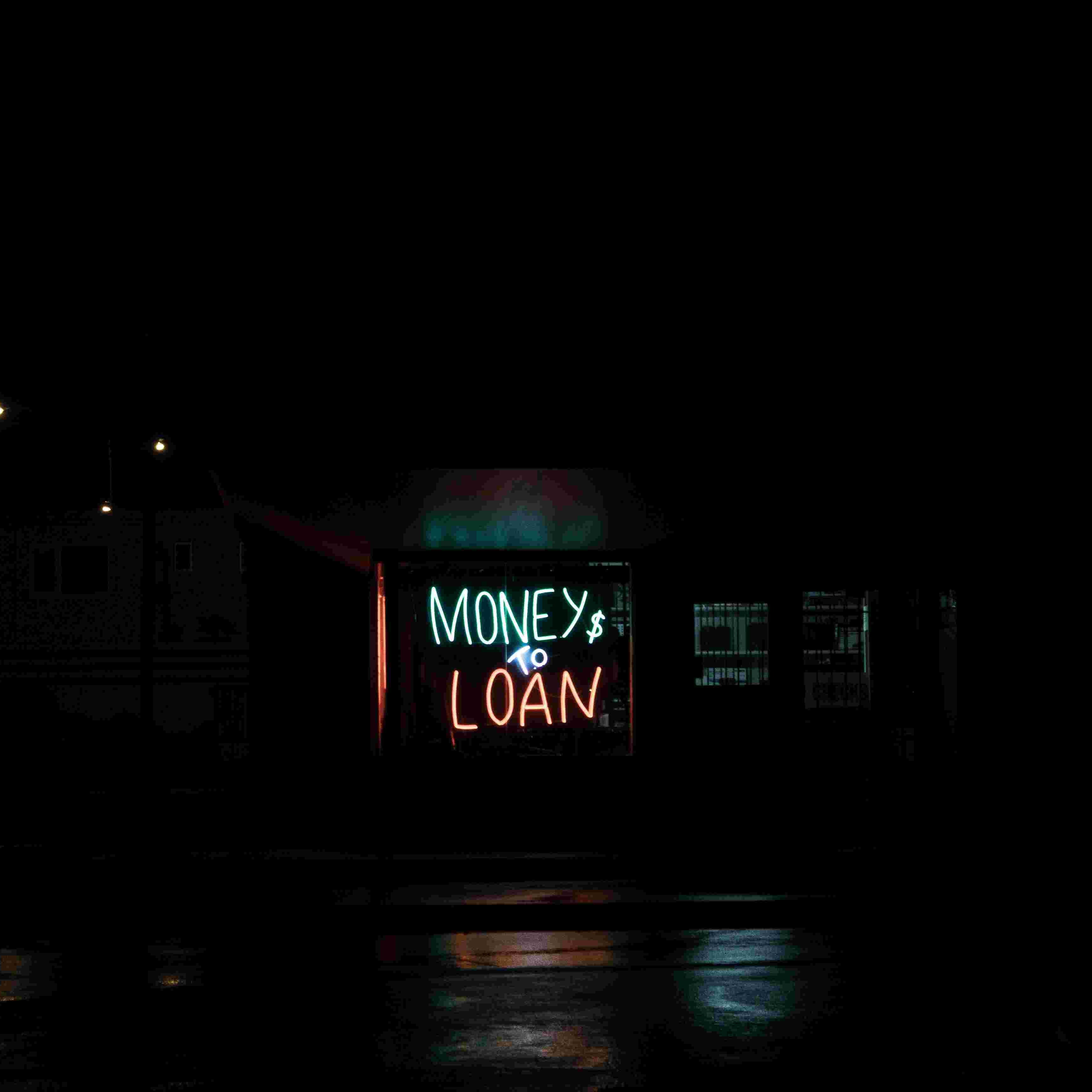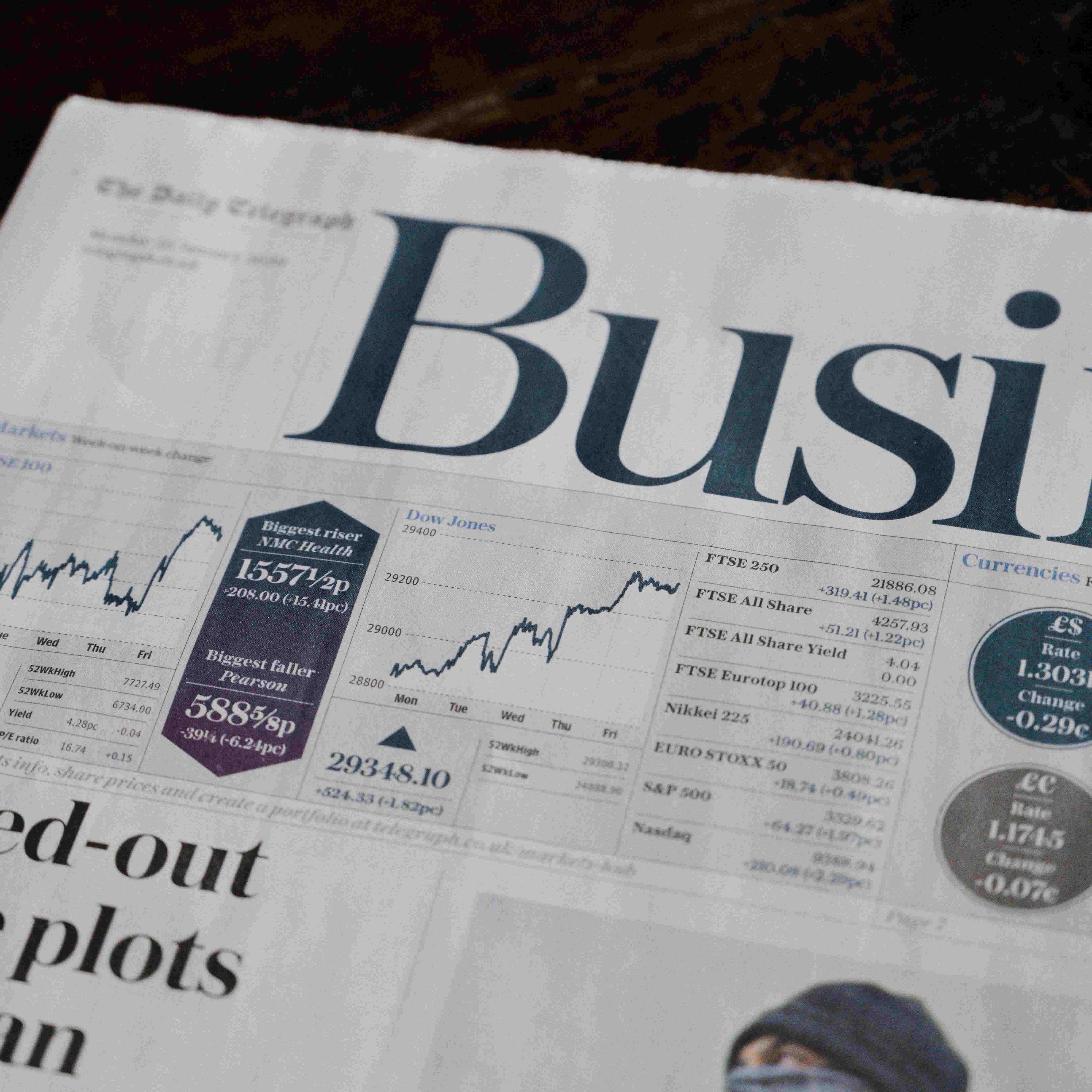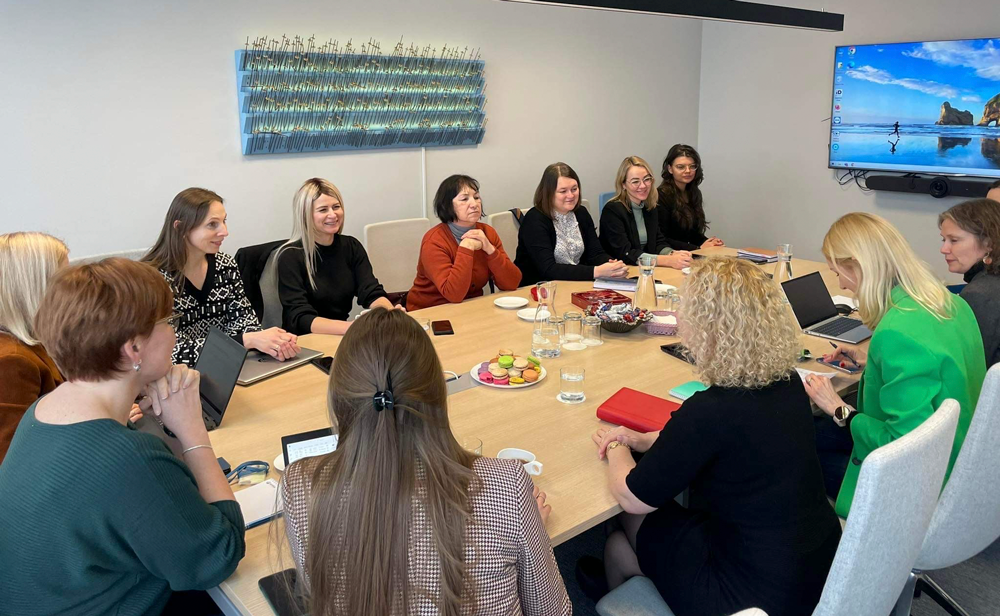
FINN Local Stakeholders Group - Last meeting
Friuli Innovazione organized its last local stakeholder meeting on March 2023. Read all about it and its outcomes here!
In its assembly of March 2000, the European Council acknowledged the need of increasing the expenditure in innovation by implementing better policies and making a better use of public funds. To achieve this, the EC has put great emphasis on increasing the use of financial instruments (FIs) as a delivery tool for the Cohesion Policy.
Besides the obvious advantages of recycling funds over the long term, financial instruments help to mobilise additional public or private co-investments to address market failures. Moreover, FIs (Guarantees, Business Angels, Venture Capital, Crowdfunding, Crowdlending) have also proved to be a useful tool in helping innovative SMEs overcome the ‘valleys of death’ and reach a sustainable growth phase to become ‘stock exchange listed’ companies.
Financial Instruments for Innovation - Innova-FI partners are seeking to improve the design and implementation of Financial Instruments as a delivery mode of Structural Funds, so that they best meet and serve the financing needs of innovative and RTDI-driven businesses in all the stages of their start-up and growth. Innova-FI partners will do this by learning about the innovation landscape, and how it is being publicly financed, in partner regions.
The consortium will examine together identified challenges, such as:
€1,620,025.00
SME competitiveness
Compete 2020 aims to accelerate the consolidation of the national innovation system, mainly by supporting the increase in absorption and R&D capacities in companies and their transformation in alignment with a more knowledge and innovation intensive paradigm. With a total allocated ERDF budget of 4,413 M€, Innova-FI will focus AXIS 1 (OT1) with 1400 M€ and Axis 2 (OT3) with 1632 M€.
COMPETE has a comprehensive panel of instruments to support technology transfer up until innovation, comprising the complete value chain of innovation. Axis 1 supports firm led R&D and technology transfer and Axis 2 gives direct support to SME innovation. COMPETE2020 uses refundable incentives and grants. It is launching a series of financial instruments which need to be integrated in order to avoid overlaps and provide a smooth cruise of actors through them particularly in early stages (through business angels, venture capital, etc) coping with two market failures: higher interest rates compared to EU and shallowness in early stage financing. There is a clear need for improvement highlighted in the ex-ante assessment’s recommendations for FIs: striking a balance between already used FIs and more innovative instruments, and finding right combinations between FIs.
Thus, we aim to develop an FI architecture that provides a better framework to overcome the deficiencies of the capital market, the higher credit cost and the shallowness of complimentary instruments dedicated to finance innovation.
Within the investment priority 3c, actions will be taken to contribute to the development of SMEs. Projects focused on acquiring and implementing product and process innovations, with the possibility of using non-technological innovation as support, along with the possibility of their promotion in national and international markets, will be supported primarily.
Within the investment priority 3c, it is also planned to support enterprises' access to external capital through development of financial instruments contributing to the competitiveness of SMEs. Financial instruments will primarily focus on business development by strengthening core business or implementing new projects or entering new markets. Financial instruments will, therefore, support investments in fixed assets and intangible assets as well as working capital, provided they are linked to a development investment.
Participation in Innova-FI activities will help us improve professional services and the different financial mechanism for SMEs under the OP; strengthening of businesses competitiveness and positive influence for the development new business initiatives will follow.
The 2014-2020 ERDF ROP contributes to implement the Regional Strategy for Smart Specialization of Valencia (RIS3-CV), providing funding opportunities and financial support for the growth of Valencia Economy. With €1,136 million for the whole period, the ROP focusses mostly on 3 TOs:
The ROP will contribute to the objective of promoting innovation in SMEs, through financial support measures (grants and also FIs) in innovative companies which have a high potential in creating activities and services of high value and wealth for Valencia Region. IVACE manages all ROP programs addressed to improve research and innovation in SMEs and Clusters in the Region.
The ROP plans the use of financial instruments under two investment priorities: Axis 1, priority 1(b) promoting business investment in R&I, developing links and synergies between enterprises, research centres and higher education sector; Axis 3, priority: 3(a) promoting entrepreneurship, in particular by facilitating the economic exploitation of new ideas and fostering the creation of new firms. Innova-FI will focus on this last priority 3(a). Having focused mostly in debt (guarantees and loans), the OP could be improved mainly through the introduction of new and more sophisticated FIs.
The ROP has a total allocation of resources equal to € 230.779.184,00 structured in 5 thematic Axis corresponding to the Thematic Objectives (TO) referred to in 1303/2013 Regulation: Axis I–TO1 Strengthen research, technological development and innovation; Axis II-TO3 Promote competitiveness of small and medium enterprises; Axis III-TO4 Support the transition towards a low-carbon economy in all sectors; Axis IV–Urban Development; Axis V-TA Technical Assistance. The initiatives are aimed at: Boosting employment; Creating new start-ups; Collaborations between enterprises and research centres; Encouraging investments by the production system.
Priority concerned: Axis I–TO1 Strengthen research, technological development and innovation: Strengthening the competitiveness of enterprises is the specific goal of Axis 1. The main aim of the Axis is to support R&D as strategic lever to foster development and competitiveness of the regional economic system. The action contributes to the following Axis 1 objectives: (1.4a) Creation and consolidation of innovative startups and spinoff of research - Venture Capital; (1.3a) R&D activities carried out through the cooperation between economic actors and between economics and scientific structures. FVG Regional government (ERDF OP Managing Authority) is planning to activate one venture capital financial engineering tool for the acquisition of innovative start-up participations and support their growth and increase their survival rate.
OP has 11 priorities. EUR 7.8m (total EU contribution) was allocated for the implementation of OP. Managing Authority intends to implement as many financial instruments (“FIs”) as possible under these priorities.
INVEGA aims to contribute to the increase of Lithuanian competitiveness and thereby is implementing FIs under 3 OP priorities: Strengthening research, technological development and innovation (TO1) (total allocation for this TO is EUR 798m), Enhancing the competitiveness of SME (TO3) (total allocation for this TO is EUR 625m) and Investing into social inclusion (TO8) (total allocation for this TO is EUR 630m).
TO3 focuses on high-added value and technology and knowledge intensive activities, boosting new innovative businesses and innovation capacity in SMEs. The measures under TO3 should be connected with TO1 while supporting spin-offs. Under TO3 it is already planned in the OP to transfer a significant share of allocated funds through FIs. However, the allocation for FIs under TO1 is much lower at the moment.
The ex-ante assessment on the use of FIs for business support provided several recommendations: to have a balance between FIs already used and new instruments; implement more equity FIs; find a better financing form for business and science cooperation. This document also stressed the need for a better cooperation between business and science institutions in order to implement innovative ideas.
The Slovenian Operational Programme (OP) gives a high priority on supporting innovative SMEs, since they have the highest growth potentials and a potential to create 3-times more jobs than enterprises with medium growth potentials. To this end, OP considers crucial to improve access to capital and funding and other support services. As a support for the implementation of the above-mentioned action (specific objectives 1 and 2 within the priority axis 3, investment priority 3a and 3d), Slovenia will use instruments facilitating access to finance, which will be intended for enterprises in all phases of their development to close the financing gaps:
SVRK has identified following shortcomings in the OP:
The Programme aims to boost economic development and create job opportunities in the region. It contributes to achieving the EU2020 targets for smart, sustainable and inclusive growth, also in line with the smart specialisation strategy. It should create jobs and help SMEs to become more competitive and innovation-driven. EU funding will also contribute to meeting the requirements of the Union's acquis, in particular as regards greenhouse gas reduction in and increase energy efficiency.
OP Central Macedonia has 3 investment priorities regarding SMEs and innovation focused on EU2020:
The total value of investment in the priority axis dedicated to SME competitiveness is €138m to provide financial and nonfinancial support SMEs. The Implementation mechanisms that the Region is considering to include are:
Although the OP RCM highlights the financial needs of the SMEs and that the funds of the OP are limited, however there are not measures foreseen for the exploitation of the use of FI. We are seeking to influence 5% of Structural Funds dedicated for these 3 axis though the incorporation of FIs.

Friuli Innovazione organized its last local stakeholder meeting on March 2023. Read all about it and its outcomes here!

MASDE is a service for companies that are going through difficult times due to the external impacts and its economic consequences. Learn more here!

Slovenia's response to COVID-19 included launching the FI COVID-19 initiative. Offering 65M € in microloans for SMES and loans for RDI. Read all about it here!
ANI has led the Innova-FI project to enhance the usage of financial tools for regional development and innovation. Find more about it here!

The last Innova-Fi Local Support Group meeting in Poland was held on-line on the 7th October 2022, with five stakeholders. All the details here!

INVEGA’s Direct loans have sparked more innovation and entrepreneurship in the Lithuanian business. Find out more here!

The creation and promotion of the “culture of repayable support”, positive branding of FIs and expanding the regional ecosystem of FIs to new entities.

On 22 February 2023, the Ministry of Cohesion and Regional Development of Slovenia organized a Local Stakeholder Meeting. Read all about it here!

A service tool to support innovative start-ups in aligning their stage of development with the most suitable funding instruments. Read all about it here!

On February 20th, 2023, INVEGA held the last meeting of the Local Stakeholders Group of the INNOVA-FI project.